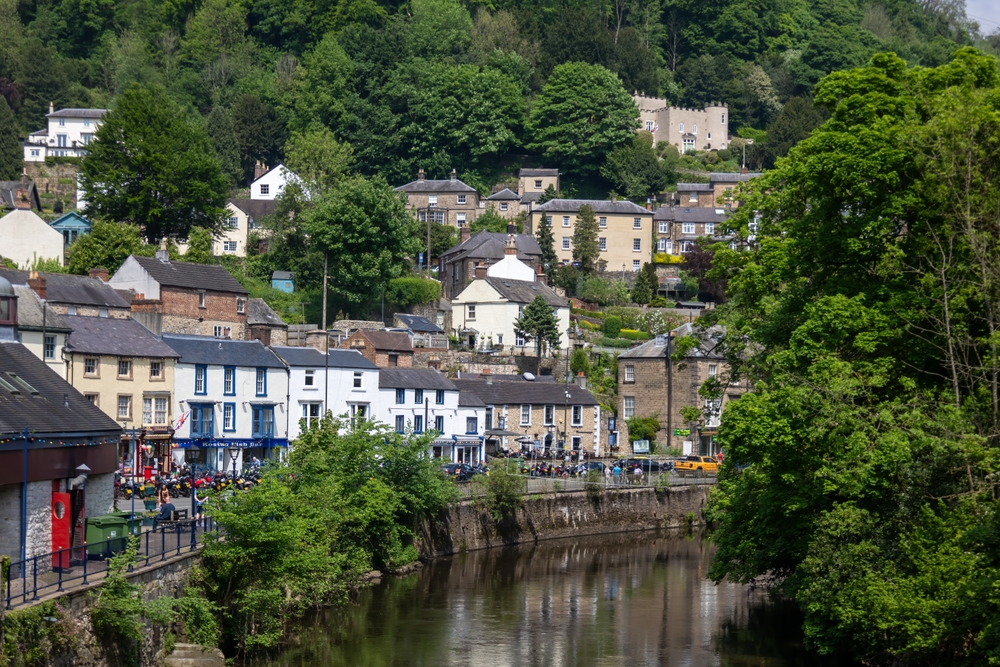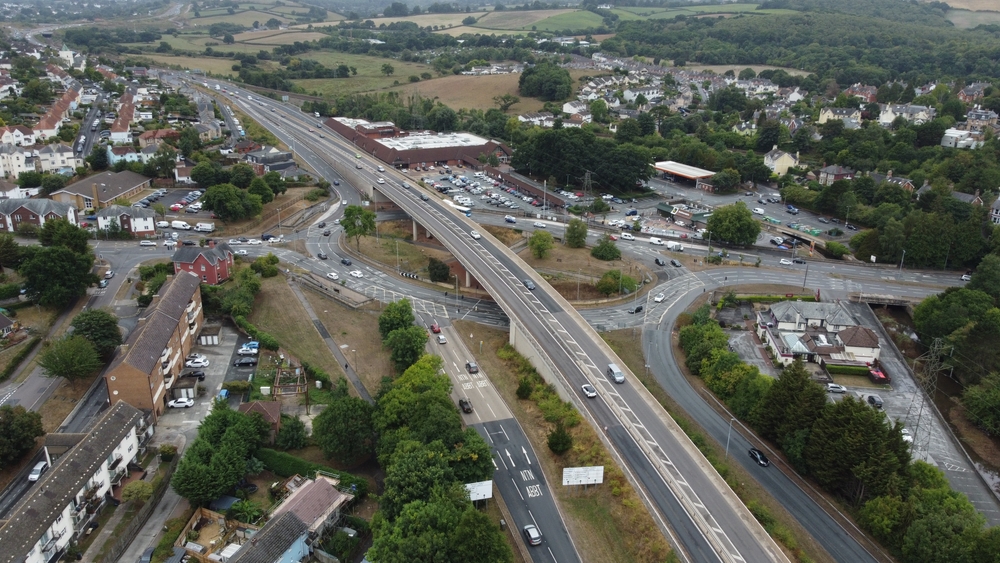Location Overview – Matlock is a picturesque town located in Derbyshire, on the edge of the Peak District National Park. It developed in the 19th century as a spa town, attracting visitors to its natural springs and scenic surroundings. The town is divided into Matlock and Matlock Bath, the latter known for its riverside setting, amusement arcades, and attractions like the Heights of Abraham cable cars. Matlock is surrounded by hills and limestone crags, offering excellent opportunities for walking and outdoor activities. It also serves as a gateway to the Peak District and is well-connected by road and rail to nearby towns and cities such as Derby, Chesterfield, and Sheffield.

Our Range of Courses, available in Matlock:
Our tailored driving courses include a variety of formats, including:
* Company driver training – for van and car drivers in your fleet
* Young drivers – Confidence-building sessions for younger or newly qualified drivers
* Pre-court driving courses – speeding and other pending convictions.
* High-powered vehicle training
* Confidence driving courses
* Motorhome confidence courses – Focused training to build confidence driving larger leisure vehicles
* Advanced and defensive courses – bespoke to your needs
* Motorway confidence training – Helping drivers feel safer and more in control on motorways
* UK Familiarisation – for drivers new to the UK, we provide full UK coverage and come directly to you. All training is delivered in your own vehicle and is fully tailored to your individual needs, whether you’re a business or a private customer
What Our Courses Cover:
Our advanced and defensive driver training is tailored to cover a broad range of key areas, depending on the specific course selected and the individual skills and experience of each driver. Some of the core topics we typically address include:
* Enhancing anticipation and forward-planning skills
* Developing greater speed awareness and control
* Improving driver mindset and attitude behind the wheel
* Mastering safer driving techniques across motorways, rural roads, and urban environments
* Deepening knowledge of road rules and driving regulations
* Understanding the causes of road rage and how to manage emotional responses
* Practising essential manoeuvres with confidence and precision
* Building skills for driving safely in adverse weather conditions
* Recognising different types of skids and how to respond effectively
* Adopting more fuel-efficient and eco-friendly driving habits
* Learning to better anticipate the behaviour of other road users
These points offer a general overview; some may be more relevant to certain drivers, while others might not. This emphasises the customised nature of our training.
Discover Our Course Options and Durations:
Our UK-wide courses are available for both van and car drivers. Here’s an overview of the different duration options:
- One Half-Day 3.5hrs – The shortest course option in our range. It’s perfect for companies training multiple drivers or for those who feel they only need a half day.
- Two Half Days – 2 x 3.5hrs – This option is ideal for those who can’t commit to a full day of driving and prefer splitting the training into two sessions for better retention. Drivers often receive “homework” between sessions to practice what was covered, helping reinforce learning. It’s a popular choice for older drivers.
- Full day (7hr) – A full-day course is more cost-effective per session than two separate 3.5-hour sessions and works well for those with not much available time. This option is also ideal if your employer has requested the training or if you feel a full day would be more suitable for you. For business clients, we also offer the flexibility to split a full day into AM and PM sessions.
- Longer Sessions – For those with specific driving challenges or who haven’t driven in some time, we offer extended courses spread over several weeks. These courses are perfect for individuals needing more comprehensive training to address long-standing issues, often those suffering significant driving anxiety or post-RTC stress. These longer sessions run over 3,4, and 5 x 3,5hr sessions.
Get in touch today for more information about how we can help you. Either use the contact form on this page or call us.

Our driver training covers a wide range of roads in Matlock, some of which include:
A6 (Derby Road): This is the primary route running through Matlock town centre, connecting the town to Derby to the south and Buxton to the north.
A632: A major road linking Matlock to Chesterfield, passing through towns like Clay Cross and Bolsover.
A615: This road connects Matlock to Alfreton, heading eastwards from the town.
A5012: A scenic route through the Peak District, connecting Matlock to the village of Brassington.
B5036: A local road running through Matlock Bath, a neighbouring village to Matlock.
B5057: This road connects Matlock to Bakewell, passing through the picturesque countryside.
B5035: Linking Matlock to Wirksworth, this road traverses through the scenic Peak District.
B6023: A local road running through Matlock, providing access to various parts of the town.
Road Safety – Risks & Hazards in Matlock
1. A632 (Chesterfield to Matlock)
This road has been the site of multiple serious and fatal collisions. Local concerns include excessive speeding, with some vehicles clocked at over 140 mph. Residents and campaigners have called for average speed cameras and other safety measures to address ongoing risks.
2. Amber Lane
Known for its steep incline, Amber Lane poses particular dangers during poor weather, especially in icy conditions. There have been serious incidents on this road. It’s a known hazard for both motorists and cyclists.
3. A5012 (Via Gellia)
Connecting Matlock to Brassington, the A5012 is a narrow, winding route through woodland. Its elevation changes and poor visibility make it especially dangerous for motorcyclists. It is regularly listed among the most accident-prone roads in Derbyshire.
4. A5004 (Long Hill, Buxton to Whaley Bridge)
While outside Matlock, this nearby Derbyshire road is notorious for its sharp bends and steep gradients. It sees a high volume of accidents, especially among motorcyclists, and is often listed among Britain’s most dangerous routes.
